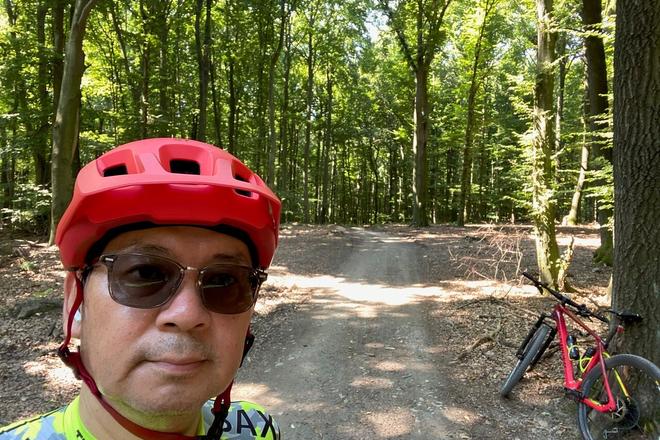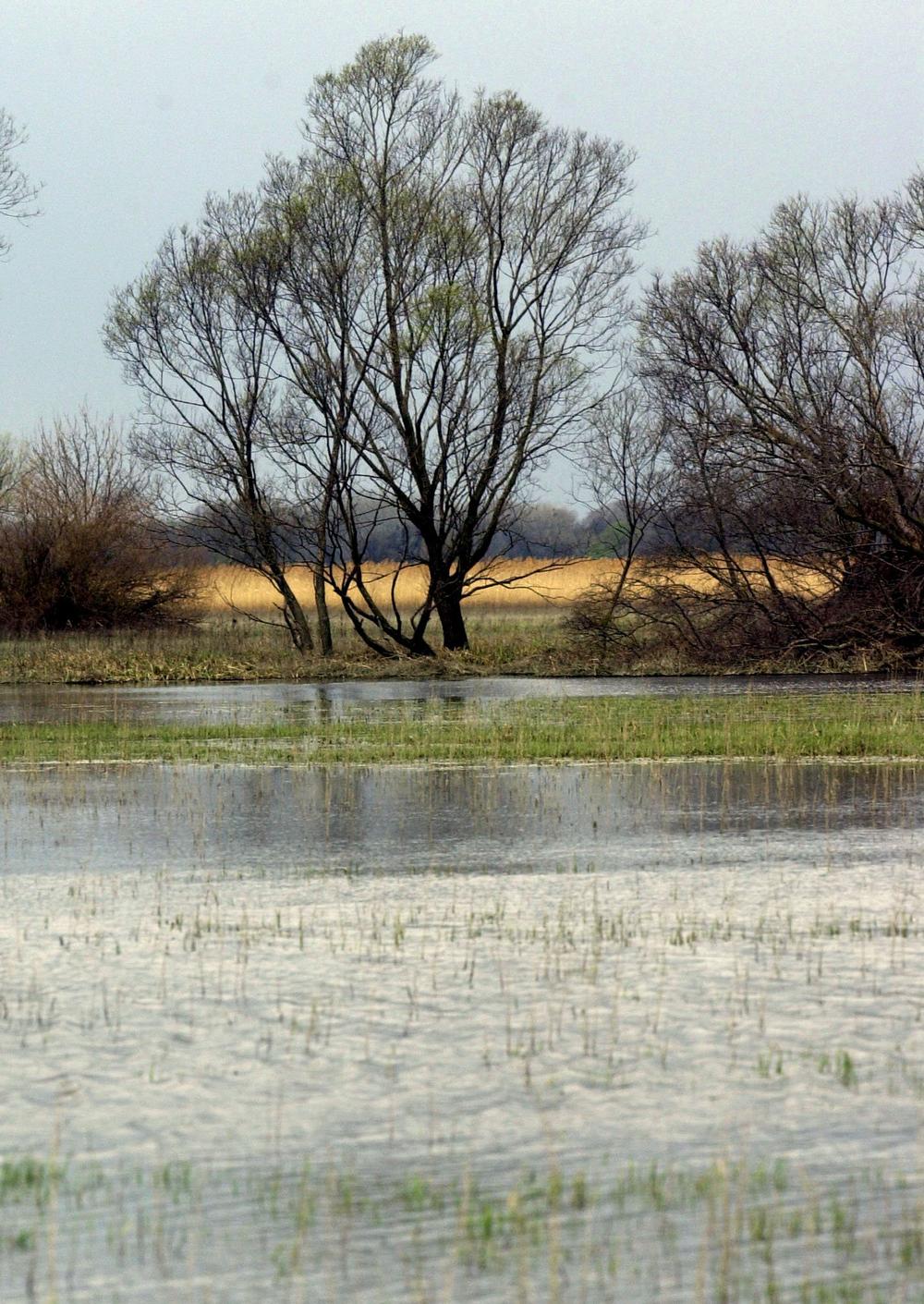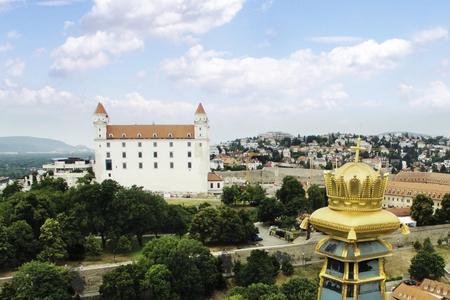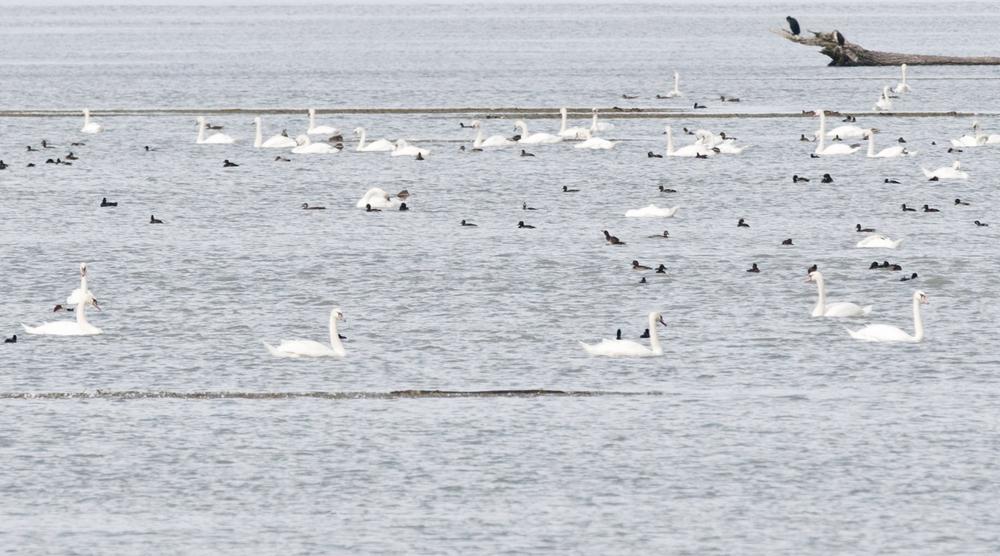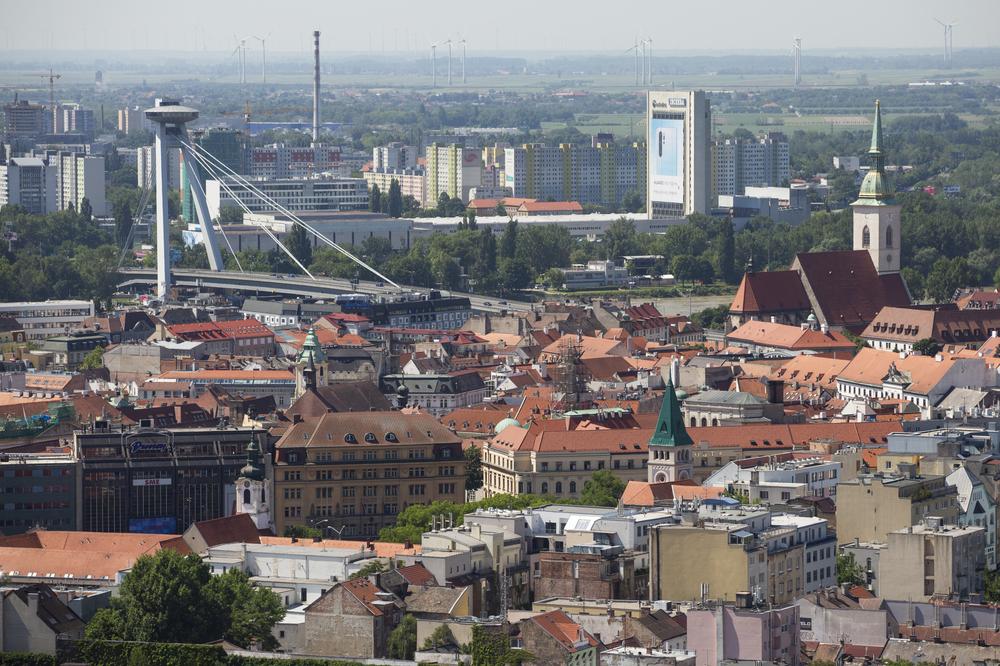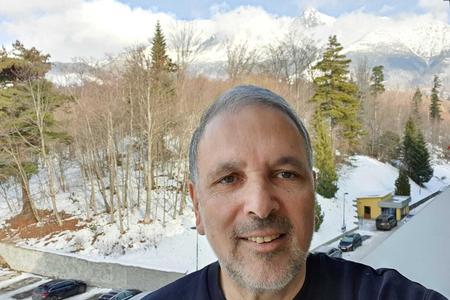Unlike Japanese people, to whom Bratislava remains an unexplored city, Japanese Ambassador Makoto Nakagawa has already toured many places in the Slovak capital, despite his arrival in late June and the ongoing pandemic.
“I’m really enjoying things in Bratislava,” he said in the Spectacular Slovakia podcast.
Listen to the podcast:
Don't forget to download an episode of the podcast in case you would like to listen to it offline.
Subscribe: Thanks for reading The Slovak Spectator and listening to our 'Spectacular Slovakia' podcast. Subscribe to The Slovak Spectator and get a new episode of the podcast sent directly to your inbox.
It may not surprise those who know the ambassador. Bratislava provides him with plenty of opportunities to devote his spare time to two major hobbies of his: cycling and bird watching.
Heaven for cyclists
Nakagawa, as a young boy in Paris, fell in love with road cycling after watching the Tour de France, later practicing his hobby on the busy roads of Tokyo.
His posting in Bratislava has allowed him to broaden his cycling options.
“I’ve really found mountain biking is best in this area,” the ambassador said.
He frequently cycles alongside the Danube, but it is mountain trails in the city’s Forest Park and the Small Carpathians that he is even more excited about, including a trail to the Biely kríž rest area, because of its tranquil atmosphere.
“The environment here is sort of a cyclist’s heaven,” the Japanese ambassador claimed.
In this podcast, Nakagawa also talks about a short cycling route to the Devín Castle, which continues further along the Morava river up to the settlement of Vysoká pri Morave. This almost 40-kilometre-long path is part of the EuroVelo 13 cycling route referred to as the Iron Curtain Trail, which starts in Bulgaria and ends in Norway.
The Slovak stretch of this international trail is 90 kilometres long, running from the Moravský sv. Ján border crossing alongside the Austria-Slovakia border up to the Bratislava borough of Petržalka.
Paradise for bird watchers
Many of the cycling routes in and around Bratislava provide tourists with spectacular views of nature, its fauna and flora. One of several of such places is Devínske jazero, which can be explored along the cycling path to Vysoká pri Morave.
Although jazero is the Slovak word for lake, Devínske jazero is a land that gets flooded by the Morava river now and then. Therefore, passers-by can often come across water birds and birds of prey here. However, winter may not be the right time.
“In the summertime, when I was riding along that area, I remember seeing storks,” Nakagawa said, joking about swarms of mosquitos too.
Back then, he immediately jumped off his bike and took some pictures of the birds that are seen as a symbol of good luck and a new life.
“In Japan, it’s rare to see big storks flying around you in the natural environment.”
On his bike adventures alongside the Danube, the ambassador has also spotted a bird-watching facility close to the Danubiana art museum. Up from that tower, bird lovers can observe several species of wintering birds as they cohabit in the Hrušovská zdrž water reservoir.
“I haven’t tried it yet. My plan is to visit there with my cameras and binoculars to watch birds,” Nakagawa said.
The flying beaked creatures can be indeed watched in many green areas within the city, but the Sysľovské polia bird protected area in the suburbs of Bratislava, between Jarovce and Rusovce, stands out because of the great bustards that spend winter here.
Tokyo could get inspired by Bratislava
If the ambassador is not on a bike or watching birds, he may well be walking around and taking pictures of the Old Town. It is the ancient part of the city that also attracts other Japanese visitors in Bratislava.
“Unfortunately, many Japanese tourists spend a very short time here,” Nakagawa said.
This, in the ambassador’s opinion, could change for the better if Bratislava, which lags behind Vienna and Budapest in attracting more crowds of tourists, invested more money in tourism.
“The name of Bratislava is not so much known by the Japanese,” said the ambassador.
He firmly believes that the city has many charms and assets, not limited just to tourism. One of them is the fact that Bratislavans live a balanced life, managing to work hard and enjoy their time off in the city at the same time. Japan’s capital is different.
“Tokyo is a very packed city. Everything is time-bound and busy,” the ambassador said.
Makoto Nakagawa is convinced that Tokyo could learn from Bratislava in this regard and work harder to help inhabitants achieve a better work-life balance.
This podcast, created by The Slovak Spectator, was supported by the Bratislava Tourist Board and implemented with the financial support of the Ministry of Transport and Construction of the Slovak Republic.


